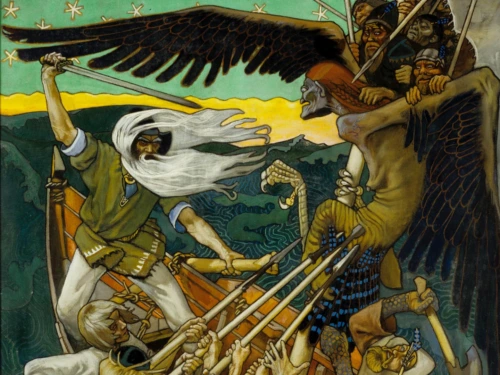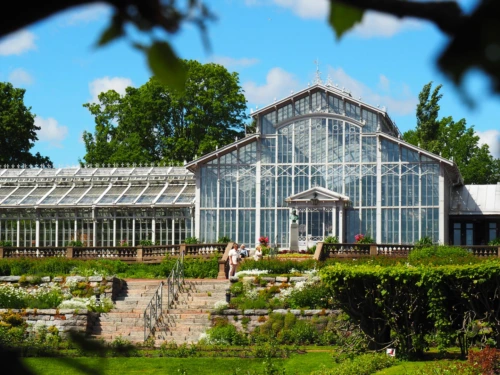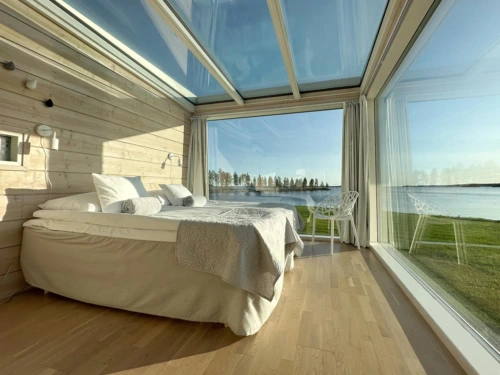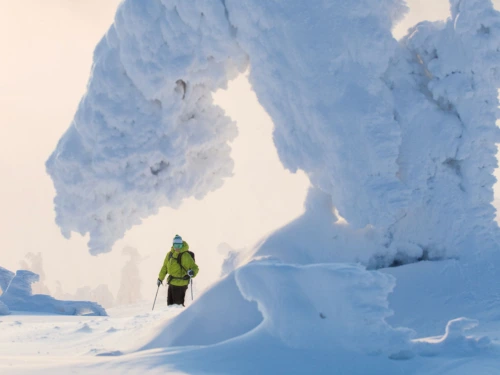

The best time to see the Northern Lights in Finland
The Northern Lights, or aurora borealis, are one of nature’s most mesmerizing displays. But to witness them, timing is everything. So, what is the best time to see the Northern Lights in Finland?
Cover photo: Snowland Ice Restaurant © Visit Finland
The Northern Lights can occur year-round, but they’re visible from the ground only when the sky is sufficiently dark and clear. This means the best time to witness the aurora borealis in Finland is from September to April, with peak visibility near the autumn and spring equinoxes. During these periods, the Earth’s magnetic field aligns in a way that directs solar particles toward the northern and southern poles, creating spectacular auroral displays.
Why autumn and late winter are ideal for Northern Lights watching
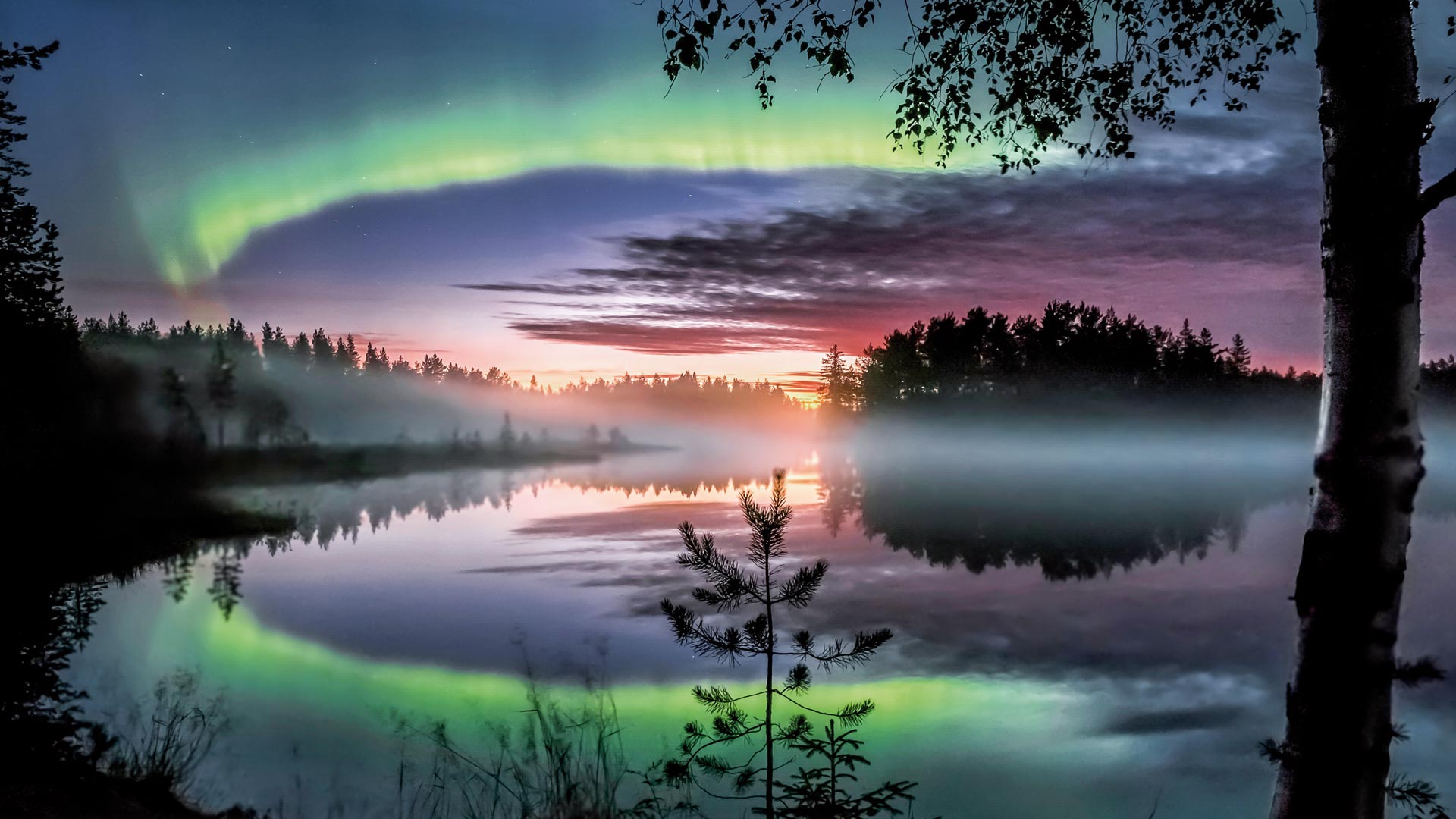
Photo: North Karelia, Asko Kuittinen © Visit Finland
Autumn and late winter offer the best conditions for aurora hunting. In late winter, especially in February and March, cloud cover is often lighter compared to early winter, making it a great time to travel to Finnish Lapland for aurora watching. However, it’s best to avoid full moon nights, as the brightness can diminish the visibility of the Northern Lights.
Where to see the Northern Lights in Finland – best regions
The auroras are most visible in Lapland, close to the Arctic Circle, where the Earth’s magnetic field draws solar particles toward the poles. Statistically, the best locations are around latitude 70°, spanning from Kilpisjärvi and Utsjoki in Finland to northern Norway. In Kilpisjärvi, auroras are visible on three out of four nights, while in the Kolari-Sodankylä region, they appear every other night, provided the sky is clear.
Clear skies are essential
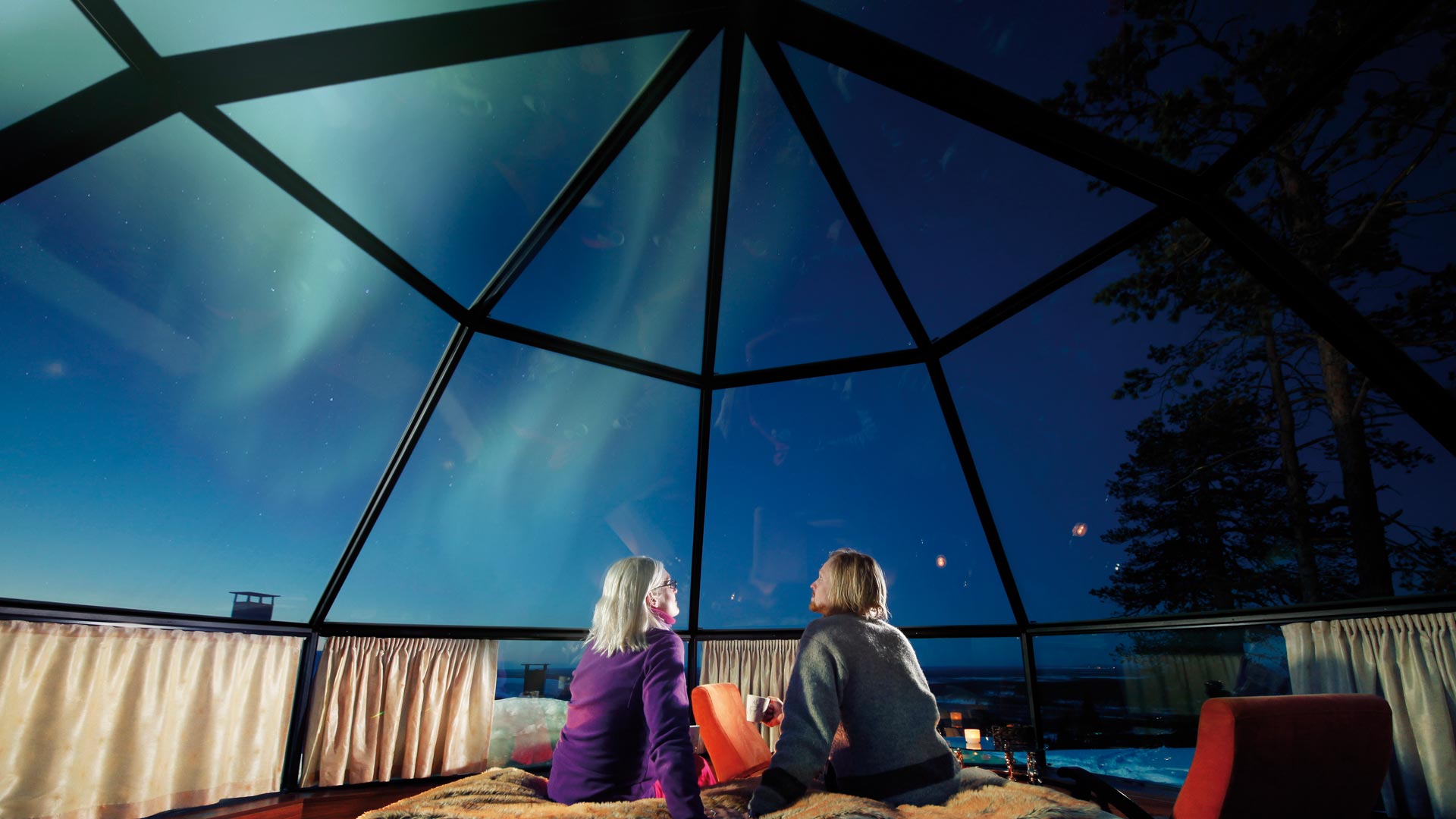
Photo Visit Levi © Visit Finland
A cloudless sky is key to seeing the Northern Lights. However, even on cloudy nights, you might capture auroras using a DSLR camera and long exposure settings. Cameras can detect faint light that the human eye may miss. Monitoring satellite and radar images can help predict cloud movement, while local terrain, such as fells and mountains, can also influence cloud cover.
Aurora forecasts and apps
To increase your chances of seeing the auroras, use tools like the Finnish Meteorological Institute’s space weather page or apps like My Aurora Borealis. These forecasts rely on solar activity measurements, offering predictions of auroral probabilities.
The Aurora’s daily rhythm – timing matters
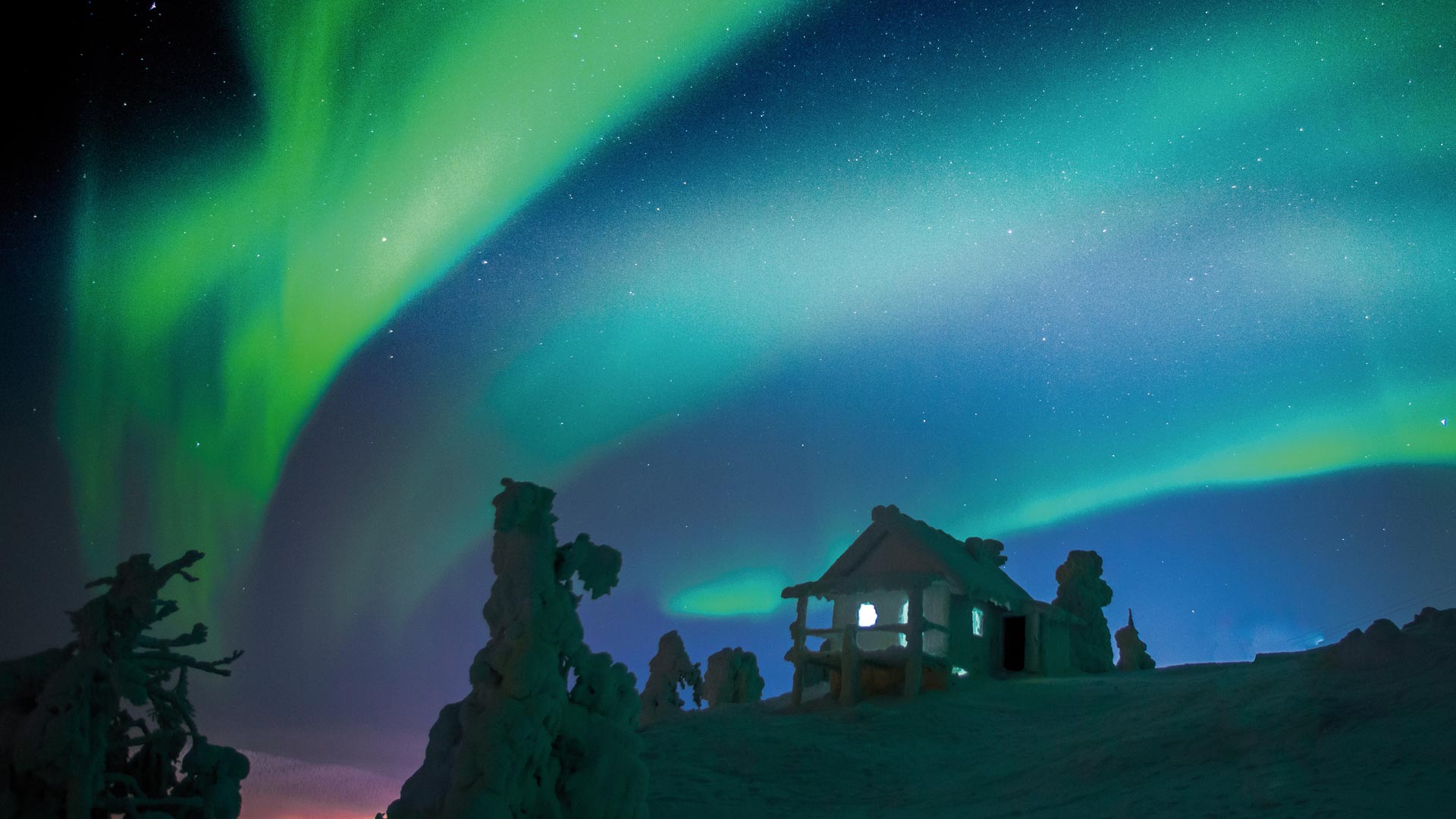
Photo: Lapland, Visit Levi © Visit Finland
The Northern Lights follow a daily rhythm, with the best chance to see them around midnight. However, they can appear as early as 6 p.m. and continue through the early morning hours. Staying outside and observing the sky during this time window increases your likelihood of catching a glimpse.
The science behind the Northern Lights
The auroras occur when charged solar particles collide with Earth’s atmosphere, creating vibrant light displays. The Earth’s magnetic field channels these particles toward the poles, making Lapland one of the best places to witness this natural phenomenon.
When you plan your aurora adventure, remember: a dark, clear sky, a northern location, and a bit of patience are the perfect ingredients for a magical Northern Lights experience.
Can You See the Northern Lights in Helsinki?
Yes, it’s possible! While rare, Northern Lights occasionally grace Helsinki’s skies. Keep an eye on local news, head to a dark spot away from city lights, and you just might get lucky.





